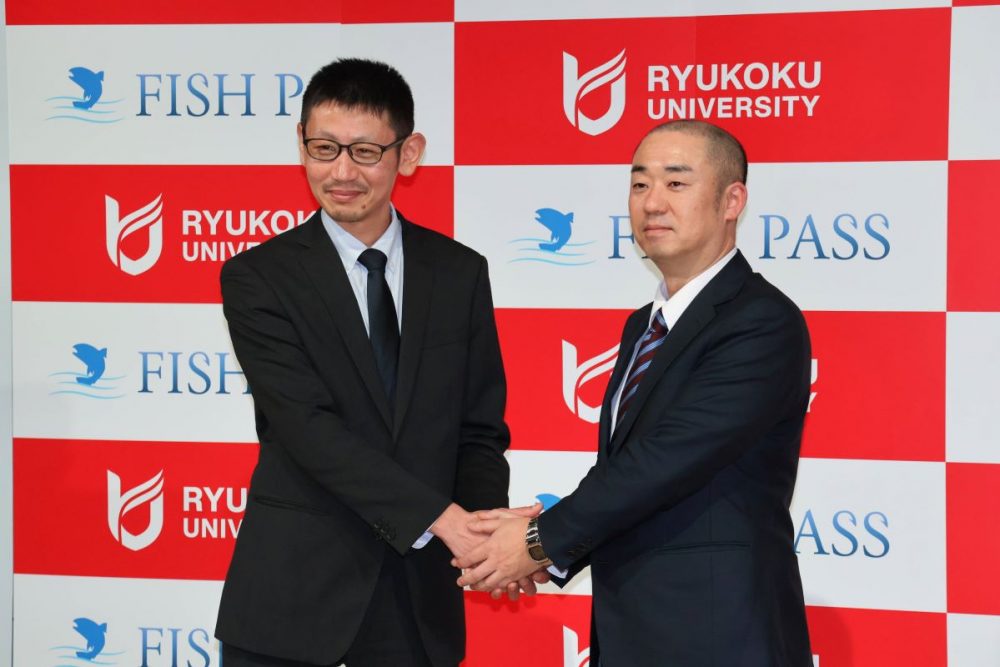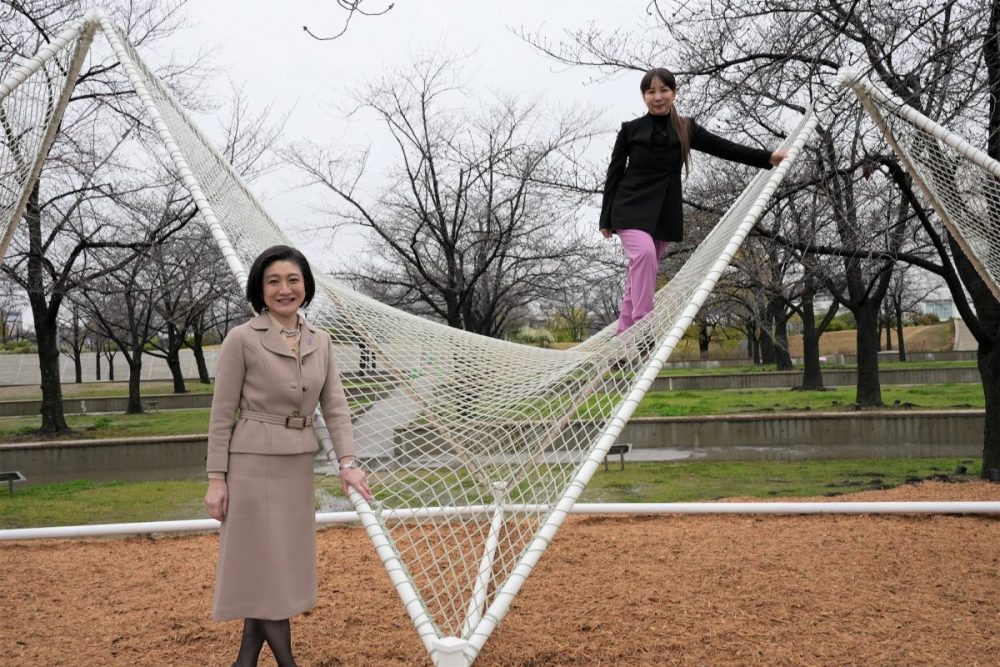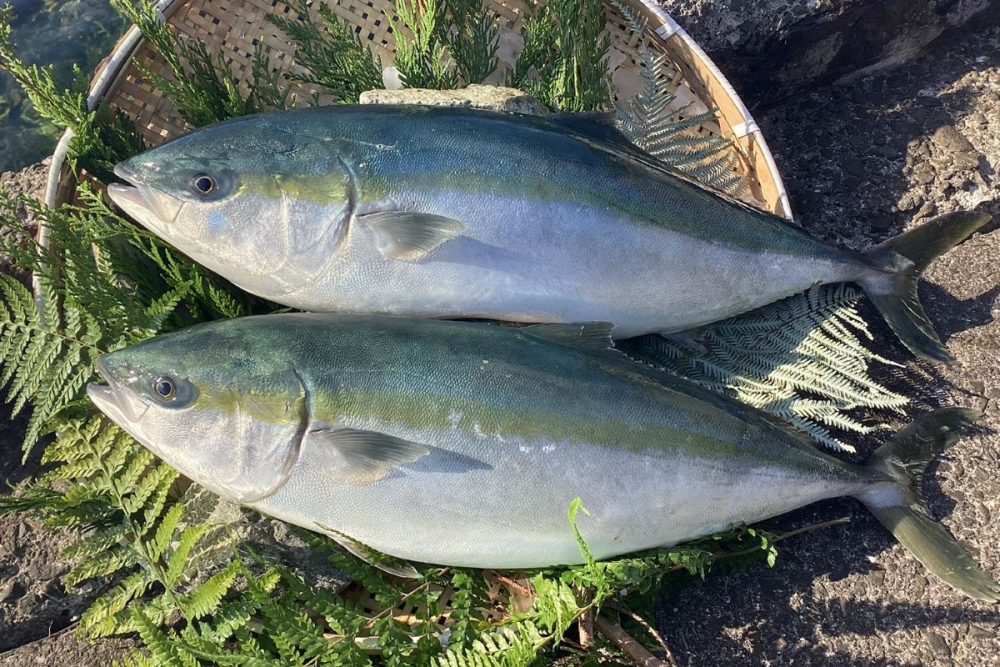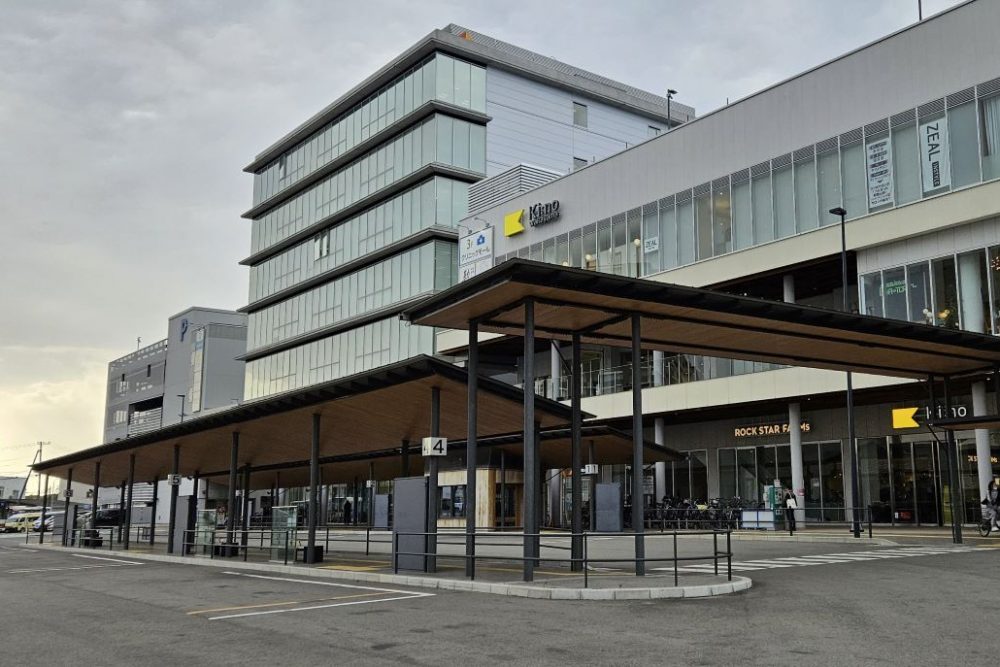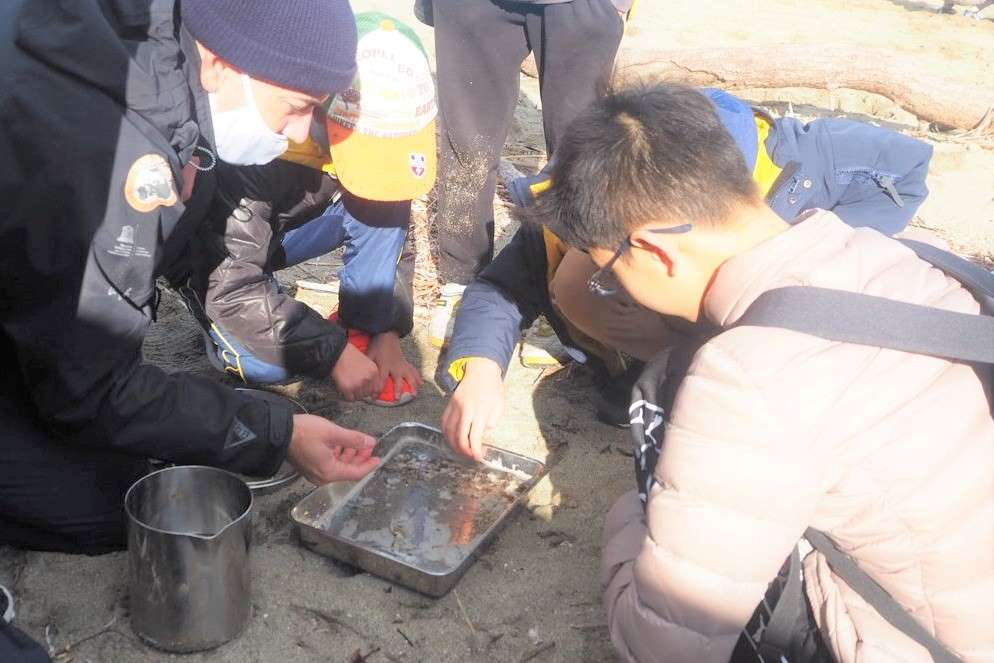Biotope in Central Tokyo Offers Close Encounters of the Wildlife Kind
The biotope in Shinjuku's Chuo Park recently marked 20 years since its opening. Still today, it offers 'great nature' experiences in the heart of the city.
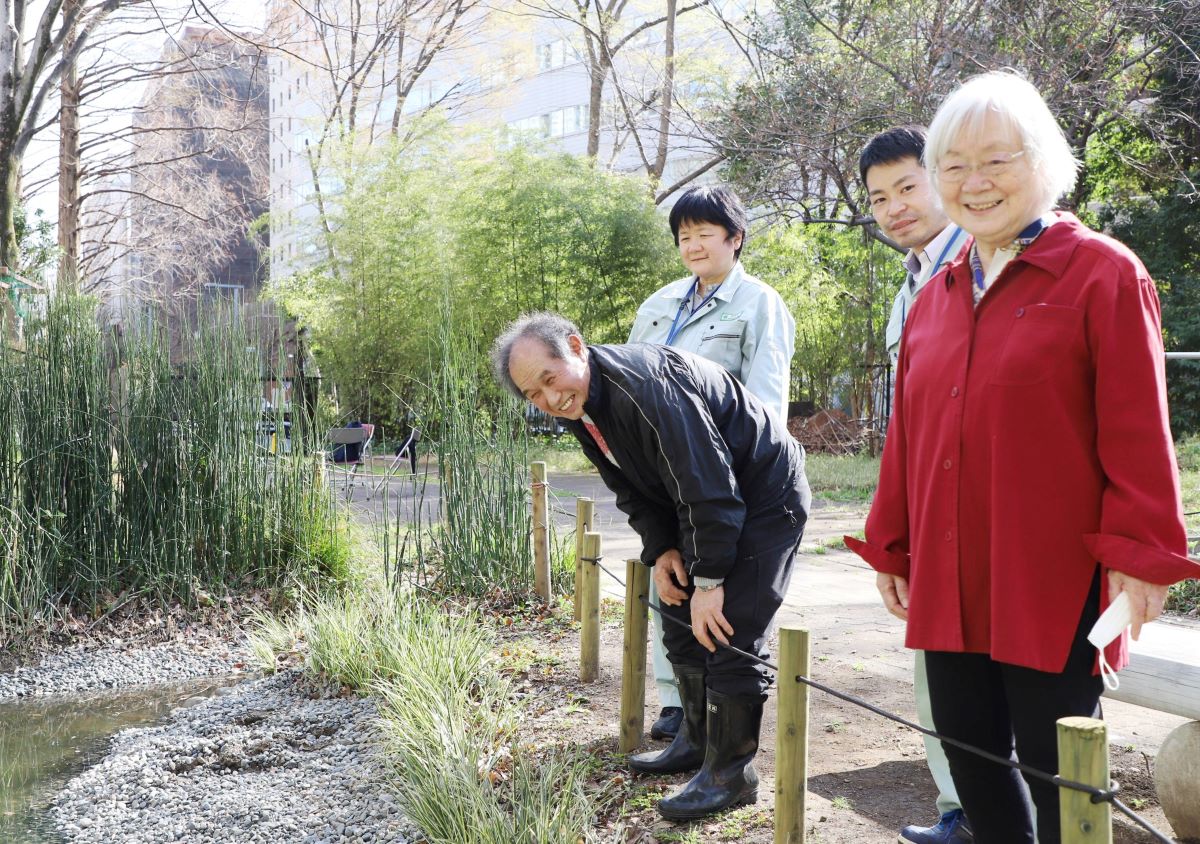
このページを 日本語 で読む
In April 2023, the biotope situated in a corner of Shinjuku Chuo Park in Tokyo marked its 20th anniversary. Yoshie Itamoto, 80, heads up the Shinjuku Chuo Park Biotope Association, which has overseen the biotope since its establishment.
Itamoto extols the appeal of the biotope as a small piece of 'great nature' in the city. "We hope many children will visit the biotope," she says.
Surprisingly Diverse Urban Nature
I visited on a sunny afternoon in late March. The pond's surface glistened in the spring sunlight. Upon a closer look, I saw flurries of little black creatures moving about.
It was a multitude of tadpoles. According to the association, they are green frog larvae, and there are over 10,000 of them. "They come to this pond from nearby residential areas and other fenced-off areas of the park to lay their eggs," Itamoto explained. I also saw the gelatinous remains of eggs floating nearby, telling me the tadpoles were just newly born.

A school of Japanese rice fish (medaka) rested above a flat stone in the water. Butterbur and other plants and flowers were growing around the pond, and butterflies fluttered in the air.
It was surprising to see such a tranquil scene, which could easily be mistaken for the countryside, in the middle of Shinjuku. Looking up, the twin towers of the Tokyo Metropolitan Government Building provided a reminder of the urban locale.
The Role of the Biotope
A biotope is an artificially-created area that is intended to provide a habitable environment for wildlife. Alongside rising awareness of the environment and biodiversity, educational institutions and government agencies took the initiative to develop biotopes in communities across the country.
About 20 years ago, Shinjuku City decided to establish the biotope on a plot of land that had been leased to the Tokyo Metropolitan Government and was to be returned. After recruiting participants from the public, building the pond, and making other preparations, the biotope was opened in 2003.
"We aimed to revive an ecosystem that originally existed in Shinjuku with as little human intervention as possible," recalls Mikiko Yasumi, head of the parks section of the Shinjuku City Office. "We were all amateurs – both city employees and the recruited community members. We figured things out as we went," she adds.
Nature Encounters for the City's Children
Itamoto was one of the community members that applied to participate. After seeing a biotope during a visit to Germany, Itamoto retained a sense of wonder upon returning to Japan. When she learned of the initiative in her hometown of Shinjuku City, she immediately applied.
In the twenty years since, Itamoto has managed the biotope with care alongside other association members. They have faced some challenges. "Once someone brought crayfish into the pond, causing dragonfly larvae to disappear, and we have had turtles take up residence," Itamoto elaborates.
Although the biotope is not large (approximately 1,000 square meters), it provides a habitat for a confirmed 180 species of plants and trees, 110 species of insects, and many kinds of fish and birds.
A rice paddy was also put in. An educational program for children on rice planting and harvesting is offered in cooperation with a nearby primary school.
"Many children rarely have the opportunity to come in contact with living creatures in the city. We want the biotope to provide them with close-up encounters with insects and other wildlife," Iwamoto asserts.
このページを 日本語 で読む






